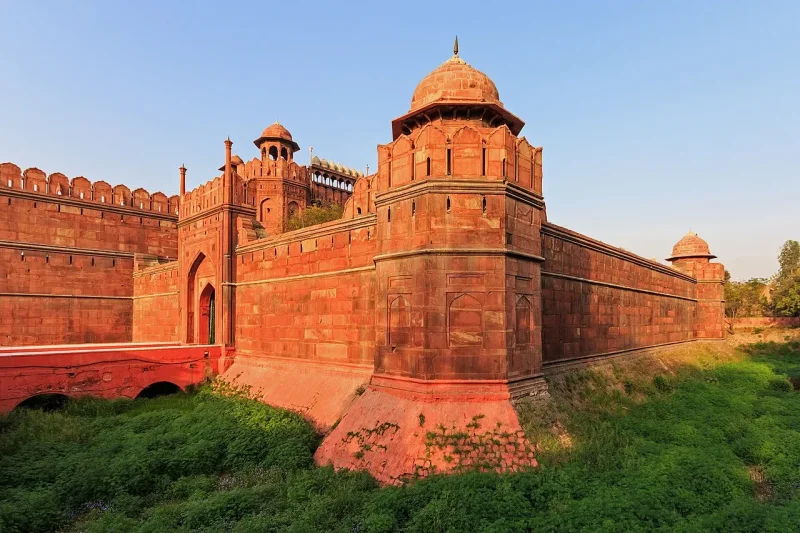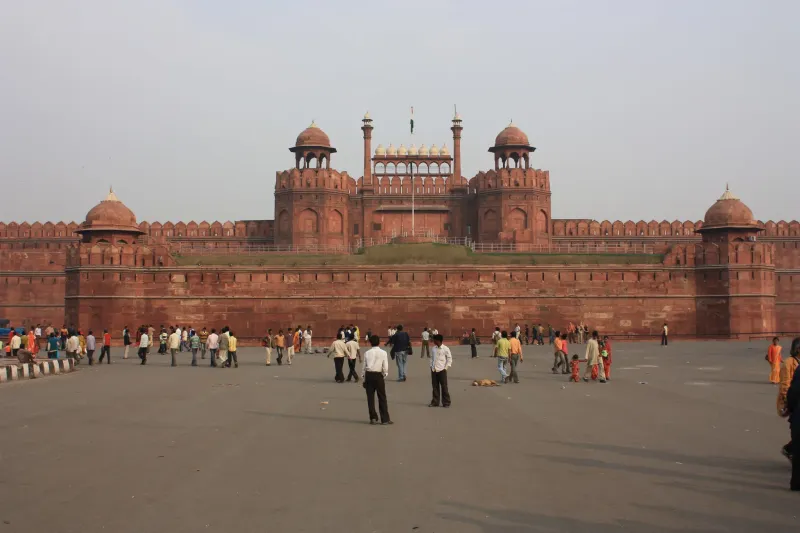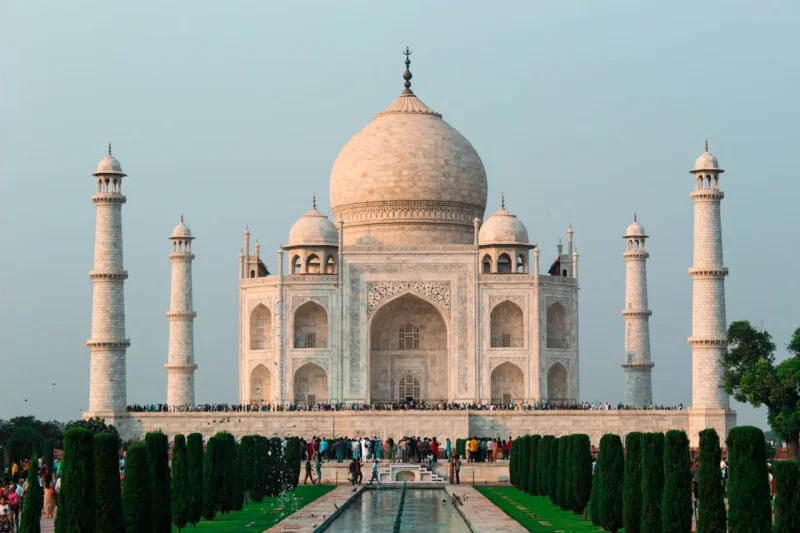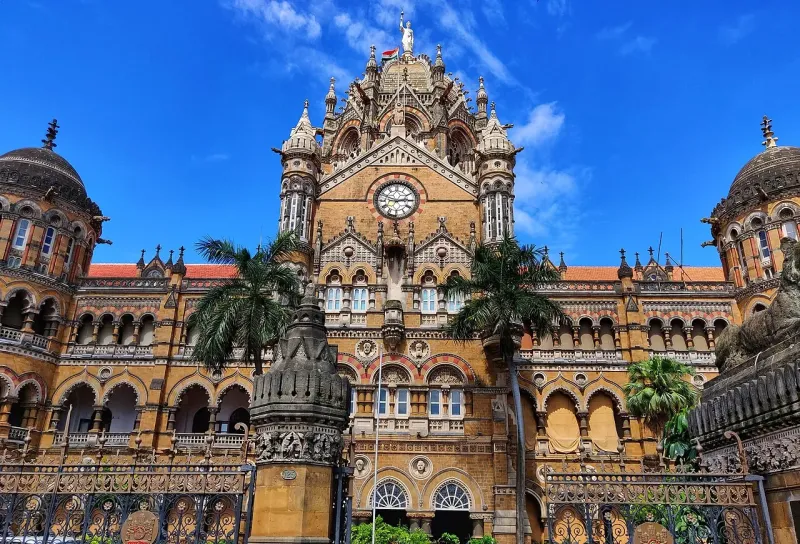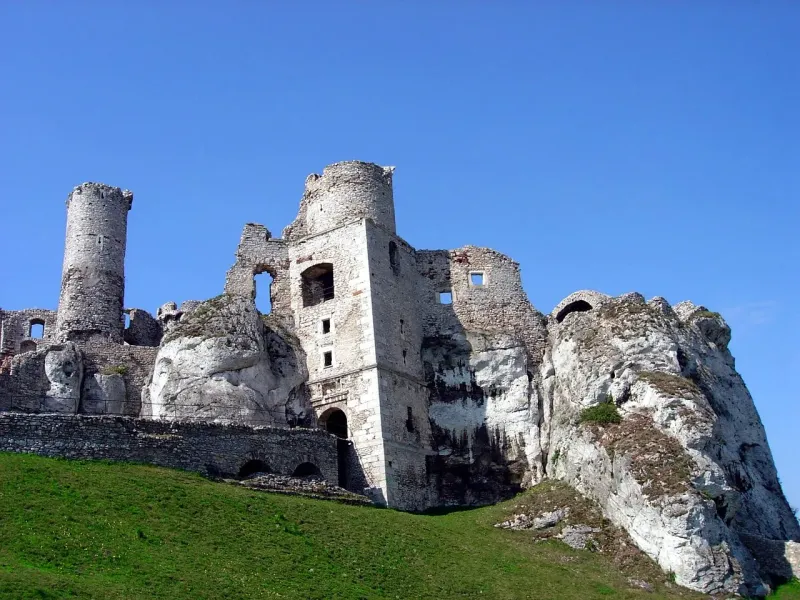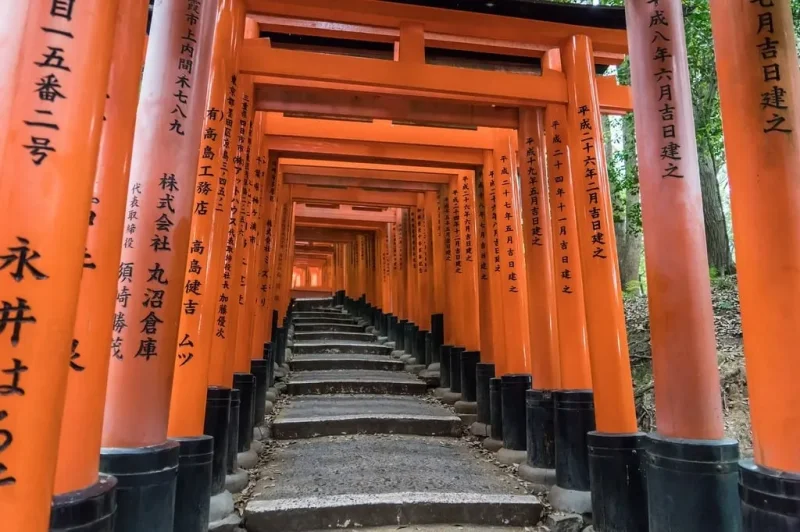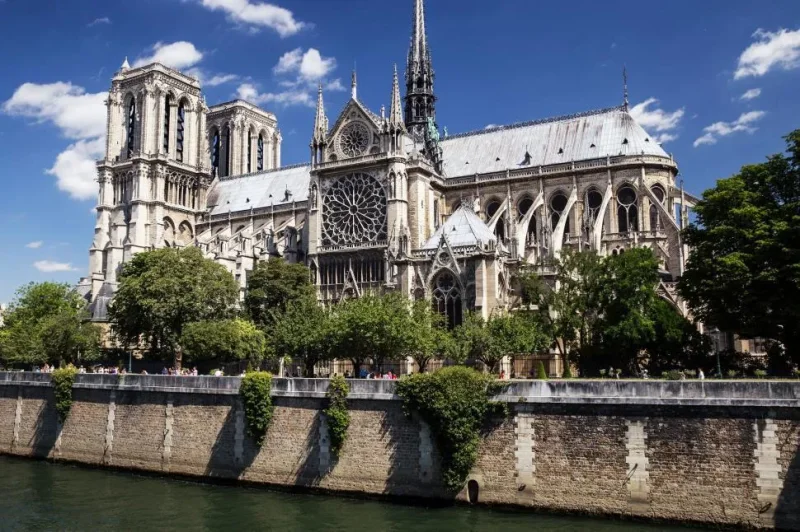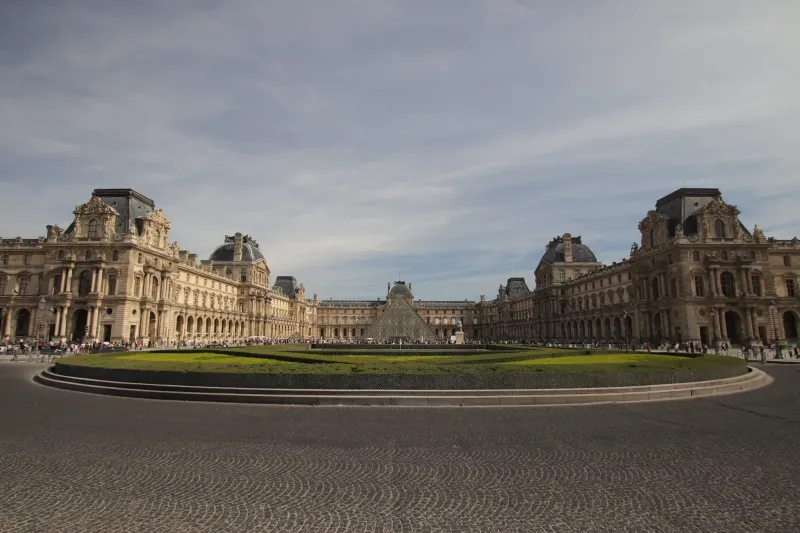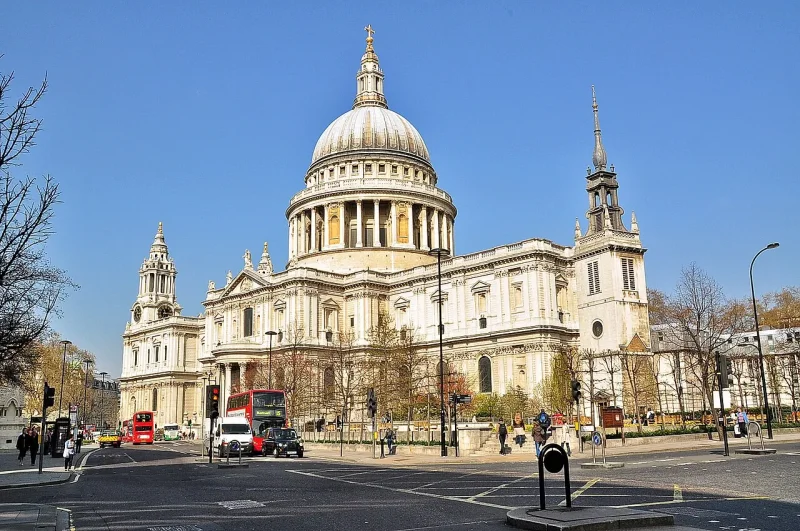Historical Significance
The Red Fort, a UNESCO World Heritage site, stands as a monument to India’s rich history, representing the zenith of Mughal architectural prowess. Built by Emperor Shah Jahan in the mid-17th century, this majestic fort was the political center of the Mughal Empire. Its massive red sandstone walls stretch over 2 kilometers, enclosing a complex of stunning palaces, audience halls, and mosques. The fort's design reflects a blend of Persian, Timurid, and Indian styles, making it an architectural marvel.
Beyond its architectural splendor, the Red Fort holds a deep cultural significance. It was here, on August 15, 1947, that India's first Prime Minister, Jawaharlal Nehru, hoisted the national flag, marking the country's independence from British rule. Today, this tradition continues, with the Prime Minister addressing the nation every Independence Day from its ramparts. The fort stands not just as a historical relic but as a living symbol of India's journey to freedom and progress.
Architectural Marvel
The Red Fort is renowned for its intricate architectural details, showcasing the artistic genius of its time. Its massive Lahori Gate serves as the primary entrance, leading visitors into a vibrant world of Mughal elegance. Inside, the Diwan-i-Aam, or Hall of Public Audience, features a raised platform where the emperor would address his subjects, while the Diwan-i-Khas, the Hall of Private Audience, is adorned with beautiful marble inlay work and precious stones.
Among its many attractions, the Rang Mahal, once the residence of the emperor's wives and mistresses, captivates with its intricate design and shimmering water channels. The fort's gardens, inspired by Persian charbagh layouts, offer a serene escape from the bustling city. The blend of red sandstone and white marble, combined with the fort's strategic design, not only highlights the artistic sophistication of the Mughal era but also serves practical purposes in terms of defense and functionality.
Cultural Impact
Beyond its historical and architectural importance, the Red Fort plays a crucial role in India's cultural landscape. It hosts the annual Independence Day celebrations, drawing visitors and dignitaries from across the globe. The fort's light and sound show, held every evening, narrates the fort's storied past, bringing its history to life through an engaging blend of audio-visual effects. This event offers a unique way to experience the fort's legacy, making it a popular attraction for tourists and locals alike.
The Red Fort also serves as a venue for various cultural events, exhibitions, and performances that celebrate India's diverse heritage. Its presence in the heart of Delhi makes it a vibrant hub of activity, reflecting the country's dynamic culture and history. The fort continues to inspire countless artists, historians, and visitors, symbolizing the enduring spirit and resilience of India. Its walls, steeped in history, echo the tales of an empire that once ruled the subcontinent, making it a timeless icon of India's past and present.
